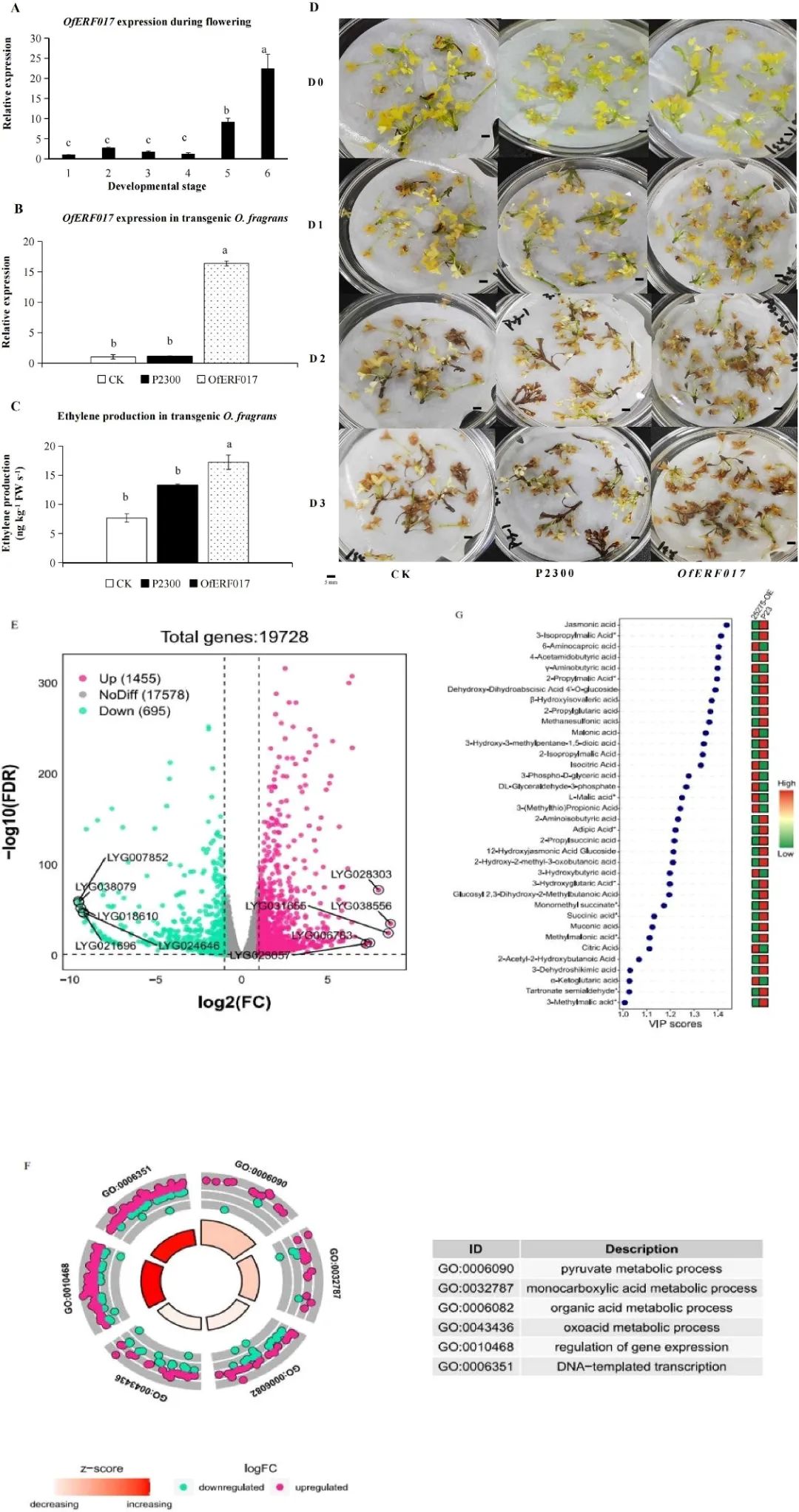
文章目录
存储格式介绍
一、格式
二、使用建议
三、技术原理
1、列存
2、行存
3、行列共存
四、使用示例
存储格式介绍
一、格式
在Hologres中支持行存、列存和行列共存三种存储格式,不同的存储格式适用于不同的场景。在建表时通过设置orientation属性指定表的存储格式,语法如下:
-- 2.1版本起支持
CREATE TABLE <table_name> (...) WITH (orientation = '[column | row | row,column]');
-- 所有版本支持
BEGIN;
CREATE TABLE <table_name> (...);
call set_table_property('<table_name>', 'orientation', '[column | row | row,column]');
COMMIT;
注意事项:
- orientation:指定了数据库表在Hologres中的存储模式是列存还是行存,Hologres从 V1.1版本开始支持行列共存的模式。
- 建表时默认为列存(column storage)形式。行存或行列共存需要在建表时显式指定。修改表的存储格式需要重新建表,不能直接转换。
二、使用建议
表的存储模式使用建议如下:

三、技术原理
1、列存

begin;
create table public.tbl_col (
id text NOT NULL,
name text NOT NULL,
class text NOT NULL,
in_time TIMESTAMPTZ NOT NULL,
PRIMARY KEY (id)
);
call set_table_property('public.tbl_col', 'orientation', 'column');
call set_table_property('public.tbl_col', 'clustering_key', 'class');
call set_table_property('public.tbl_col', 'bitmap_columns', 'name');
call set_table_property('public.tbl_col', 'event_time_column', 'in_time');
commit;
select * from public.tbl_col where id ='3333';
select id, class,name from public.tbl_col where id < '3333' order by id;
示意图如下图:

2、行存
如果Hologres的表设置的是行存,那么数据将会按照行存储。行存默认使用SST格式,数据按照Key有序分块压缩存储,并且通过Block Index、Bloom Filter等索引,以及后台Compaction机制对文件进行整理,优化点查查询效率。
- PK和Clustering Key一致
系统会为每张表在底层存储一个主键索引文件,详情请参见主键Primary Key。行存表设置了Primary Key(PK)的场景,系统会自动生成一个Row Identifier(RID),RID用于定位整行数据,同时系统也会将PK设置为Distribution Key和Clustering Key,这样就能快速定位到数据所在的Shard和文件,在基于主键查询的场景上,只需要扫描一个主键就能快速拿到所有列的全行数据,提升查询效率。
- PK和Clustering Key不一致
如果在建表时,设置表为行存表,且将PK和Clustering Key设置为不同的字段,查询时,系统会根据PK定位到Clustering Key和RID,再通过Clustering Key和RID快速定位到全行数据,相当于扫描了两次,有一定的性能牺牲。
- (推荐)设置主键Primary Key
begin;
create table public.tbl_row (
id text NOT NULL,
name text NOT NULL,
class text ,
PRIMARY KEY (id)
);
call set_table_property('public.tbl_row', 'orientation', 'row');
call set_table_property('public.tbl_row', 'clustering_key', 'id');
call set_table_property('public.tbl_row', 'distribution_key', 'id');
commit;
--基于PK的点查示例
select * from public.tbl_row where id ='1111';
--查询多个key
select * from public.tbl_row where id in ('1111','2222','3333');
begin;
create table public.tbl_row (
id text NOT NULL,
name text NOT NULL,
class text ,
PRIMARY KEY (id)
);
call set_table_property('public.tbl_row', 'orientation', 'row');
call set_table_property('public.tbl_row', 'clustering_key', 'id');
call set_table_property('public.tbl_row', 'distribution_key', 'id');
commit;
--基于PK的点查示例
select * from public.tbl_row where id ='1111';

- 设置的PK和Clustering Key不一致(不建议使用)
begin;
create table public.tbl_row (
id text NOT NULL,
name text NOT NULL,
class text ,
PRIMARY KEY (id)
);
call set_table_property('public.tbl_row', 'orientation', 'row');
call set_table_property('public.tbl_row', 'clustering_key', 'name');
call set_table_property('public.tbl_row', 'distribution_key', 'id');
commit;

行存总结:
- 行存表非常适用于基于PK的点查场景,能够实现高QPS的点查。
- 建表时建议只设置PK,系统会自动将PK设置为Distribution Key和Clustering Key,以提升查询性能。
- 不建议将PK和Clustering Key设置为不同的字段,设置为不同的字段会有一定的性能牺牲。
3、行列共存
在实际应用场景中,一张表可能用于主键点查,又用于OLAP查询,因此Hologres在V1.1版本支持了行列共存的存储格式。行列共存同时拥有行列和列存的能力,既支持高性能的基于PK点查,又支持OLAP分析。数据在底层存储时会存储两份,一份按照行存格式存储,一份按照列存格式存储,因此会带来更多的存储开销。
- 数据写入时,会同时写一份行存格式和写一份列存格式,只有两份数据都写完了才会返回成功,保证数据的原子性。
- 数据查询时,优化器会根据SQL,解析出对应的执行计划,执行引擎会根据执行计划判断走行存还是列存的查询效率更高,要求行列共存的表必须设置主键。
因此行列共存表在通常查询场景,尤其是非主键点查场景,查询效率更好,示例:
begin;
create table public.tbl_row_col (
id text NOT NULL,
name text NOT NULL,
class text ,
PRIMARY KEY (id)
);
call set_table_property('public.tbl_row_col', 'orientation','row,column');
call set_table_property('public.tbl_row_col', 'distribution_key','id');
call set_table_property('public.tbl_row_col', 'clustering_key','class');
call set_table_property('public.tbl_row_col', 'bitmap_columns','name');
commit;
SELECT * FROM public.tbl_row_col where id ='2222'; --基于主键的点查
SELECT * FROM public.tbl_row_col where class='二班';--非主键点查
SELECT * FROM public.tbl_row_col where id ='2222' and class='二班'; --普通OLAP查
示意图如下:

四、使用示例
创建不同存储模式的表使用示例如下:
--建行存表
begin;
create table public.tbl_row (
a integer NOT NULL,
b text NOT NULL
,PRIMARY KEY (a)
);
call set_table_property('public.tbl_row', 'orientation', 'row');
commit;
--建列存表
begin;
create table tbl_col (
a int not null,
b text not null);
call set_table_property('tbl_col', 'orientation', 'column');
commit;
--建行列共存
begin;
create table tbl_col_row (
pk text not null,
col1 text,
col2 text,
col3 text,
PRIMARY KEY (pk));
call set_table_property('tbl_col_row', 'orientation', 'row,column');
commit;
- 📢博客主页:https://lansonli.blog.csdn.net
- 📢欢迎点赞 👍 收藏 ⭐留言 📝 如有错误敬请指正!
- 📢本文由 Lansonli 原创,首发于 CSDN博客🙉
- 📢停下休息的时候不要忘了别人还在奔跑,希望大家抓紧时间学习,全力奔赴更美好的生活✨



















